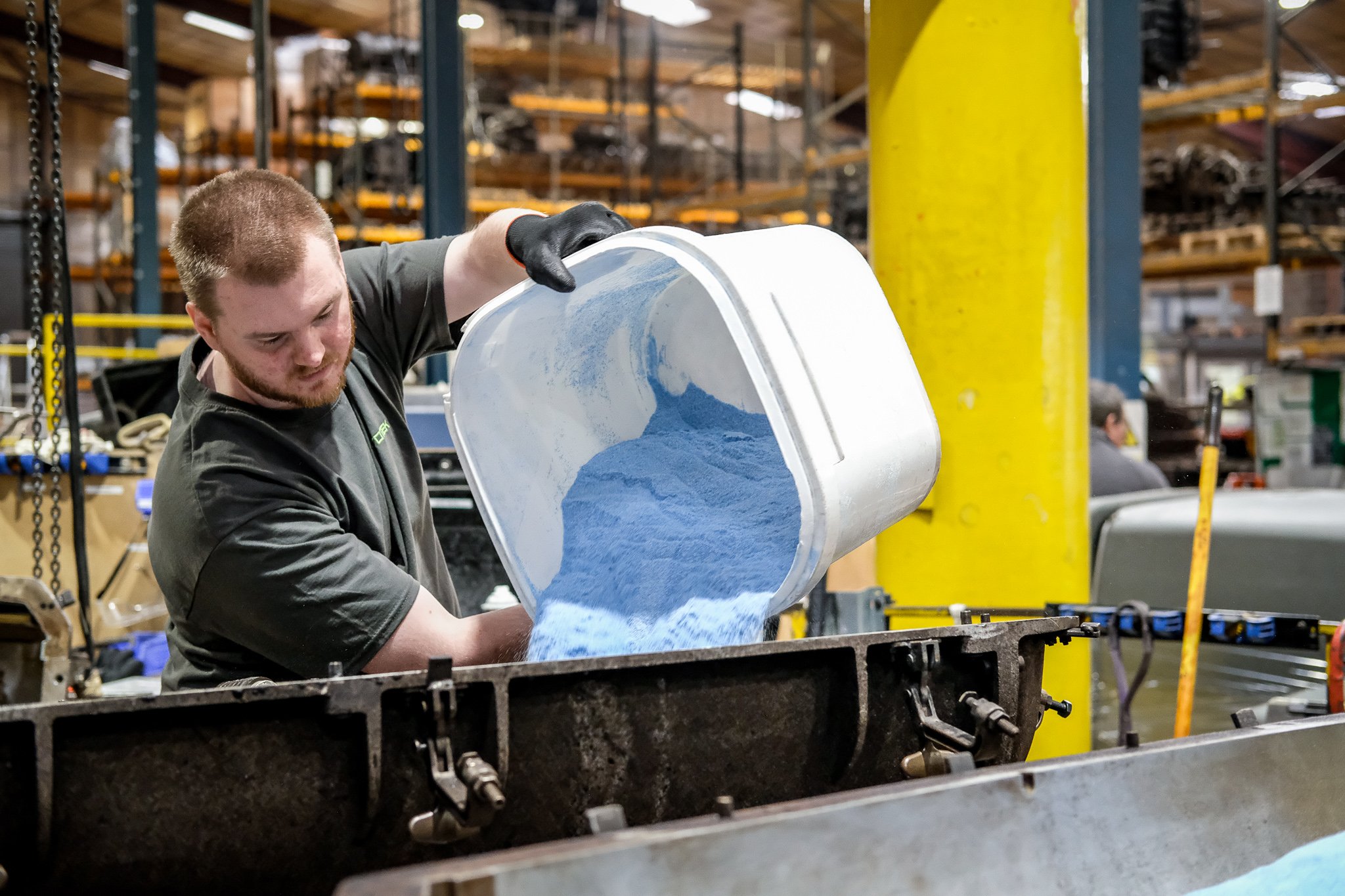
Material & Tooling
What exactly is rotomoulding? Which tools are used in the process, and how can you choose the right ones? Which materials are suitable for rotomoulding? Tool and material selection are vital to the success of a rotomoulding project to ensure accuracy, precision and suitability - and as one of Europe’s leading rotational moulding experts, Rototek is here to help.
Introduction to Rotomoulding
Rotomoulding is also known as ‘rotational moulding’. It is a moulding process for plastics, and used to create hollow, seamless products.
A hollow mould - normally made from stainless steel or aluminium for durability - is filled with plastic, normally in a powdered form. The mould is closed at both ends, before being placed on two rotating axes in the oven.
As it rotates, the mould is heated and this causes the plastic to melt. It layers around the inside of the mould and, once fully melted, it is cooled using air jets (and sometimes also fine mists of water). This causes the plastic to solidify, creating a solid shape which is then removed from the mould (demoulded) to cool completely.
Rotomoulding is an incredibly versatile process, meaning there is virtually no limit on what it can be used to produce. Its ability to create almost any shape and size means that it can be used for everything from large, single-piece hollow goods, like bins, traffic cones and toys, to double-walled open containers like coolers, kayaks and tanks.
Here at Rototek, we embrace that versatility, making the products that nobody else can. With 30 years of rotomoulding experience, we’re expertly placed to consistently deliver exceptional rotomoulded products.
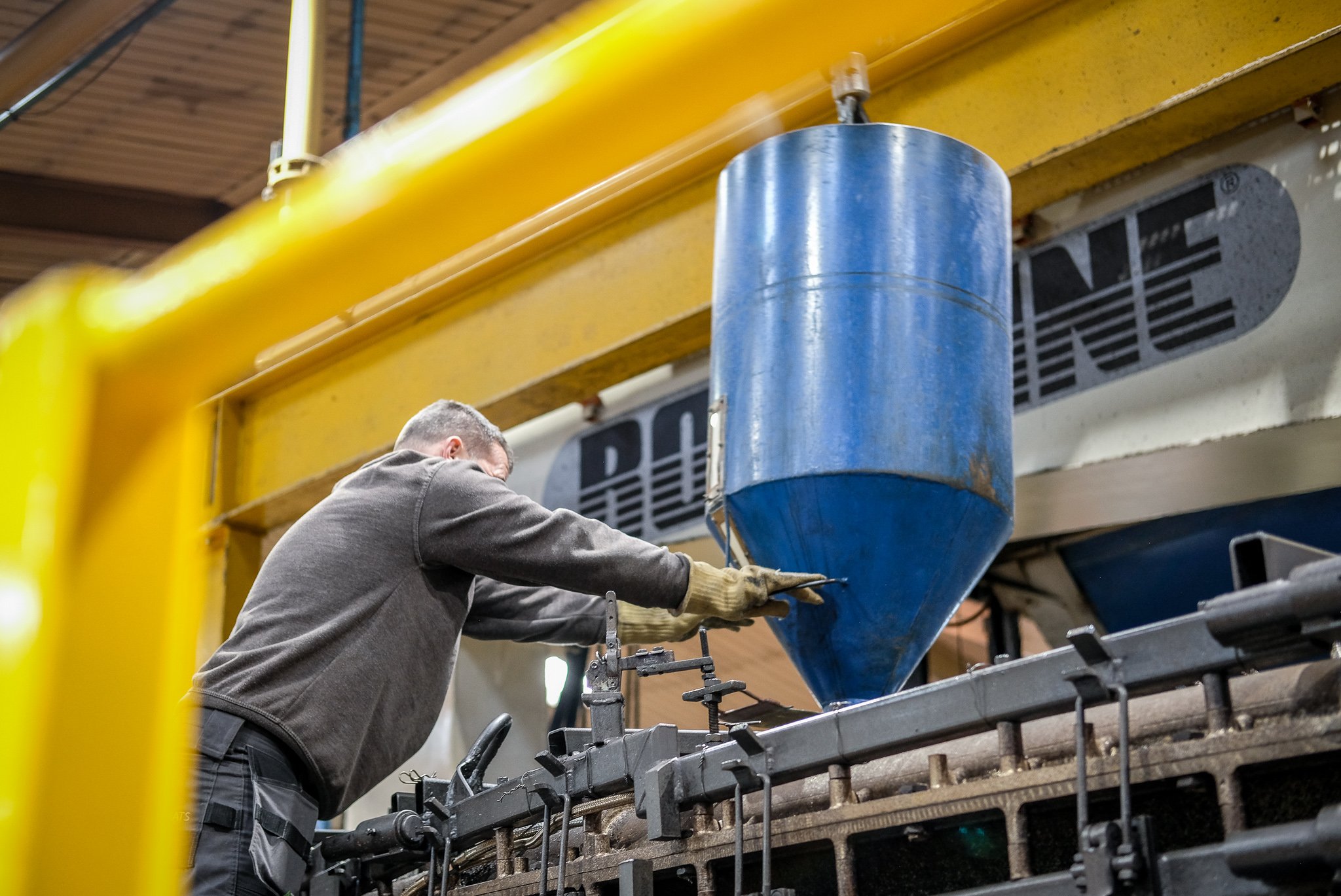
Rotomoulding Tools
Rotomoulding tools can also use steel, sheets of which are cut and shaped before being welded together. This approach is perfect for large, relatively simple rotationally moulded parts. While lightweight and easy to manoeuvre, like aluminium, the steel tooling process does not allow for accuracy and precision levels as high as with aluminium moulding.
Rotomoulding is often preferred over other fabrication methods, such as injection moulding or blow moulding, due to the cost-effectiveness and precision offered by the rotational moulding process.
There are also various mould options available. Choose cast moulds for detailed or elaborate parts, or items where you may need design changes down the line. CNC moulds are costly but perfect for long production runs or very detailed precision, while fabricated moulds tend to be the lowest in cost and are used for simple, large designs. Not sure which mould or material is right for your needs? Give us a call
Rotomoulding tools can use a variety of materials.
Aluminium is often used because of its ability to withstand high temperatures, its high level of design freedom and its ease of production. It’s the perfect choice for larger moulds as it is lightweight and therefore easy to manoeuvre during production.
There are two ways to make aluminium moulds. The first is casting: pouring molten aluminium into a mould to achieve the required shape. Once moulded, the aluminium can be treated using polishing or sandblasting to achieve the desired finish.
The second is CNC machining, where a block of aluminium is milled on a CNC machine to achieve the mould’s desired shape. This process allows for a great level of detail, and its high level of precision makes it ideal for moulds where great accuracy is required.
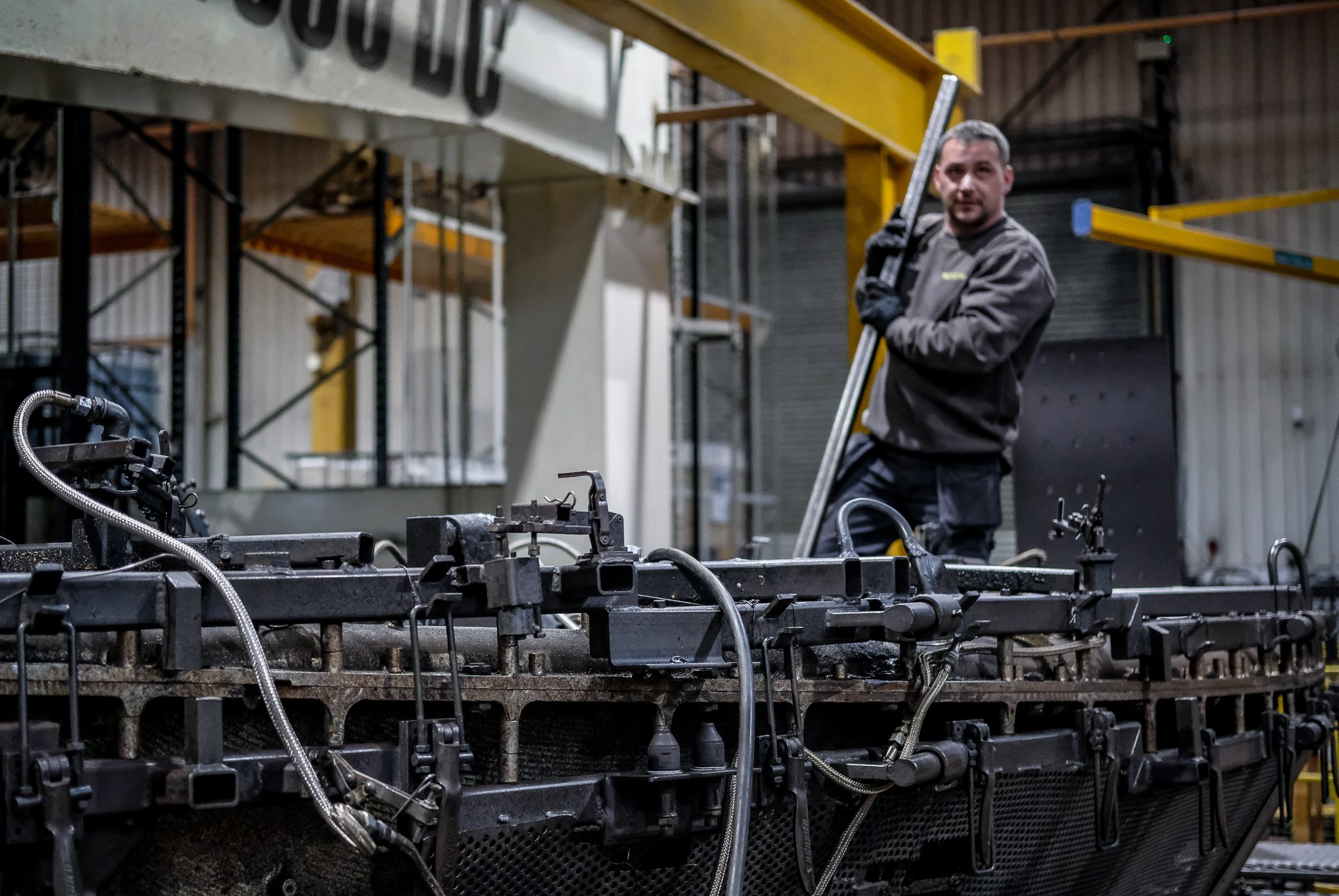
Materials Suitable for Rotomoulding
There are various materials that are suitable for rotomoulding. However, the selection is limited to materials that can be pulverised for the process.
One of the most commonly used materials is polyethylene, which comes in a variety of grades and classifications. Linear Low-Density Polyethylene (LLDPE) can be used for various applications thanks to its range of stiffness grades, while High-Density Polyethylene (HDPE) is ideal for applications that need greater toughness, rigidity, or chemical resistance.
Cross Linked Polyethylene (XLPE), as the name suggests, cross links the plastic molecules during the moulding process to strengthen the material. This makes it ideal for products that need to resist abrasion or cold temperatures, or that need high ductile strength or impact resistance.
Other non-polyethylene materials used in rotomoulding include nylon, which has a high strength-to-weight ratio, good temperature stability, and is easy to paint. Polycarbonate, meanwhile, has good levels of stiffness and is flame-retardant, but its impact resistance is lower than other materials.
Our expertise is in custom rotomoulding, using both innovative and sustainable solutions. We’ll work with you to establish the right choice of materials for your needs.
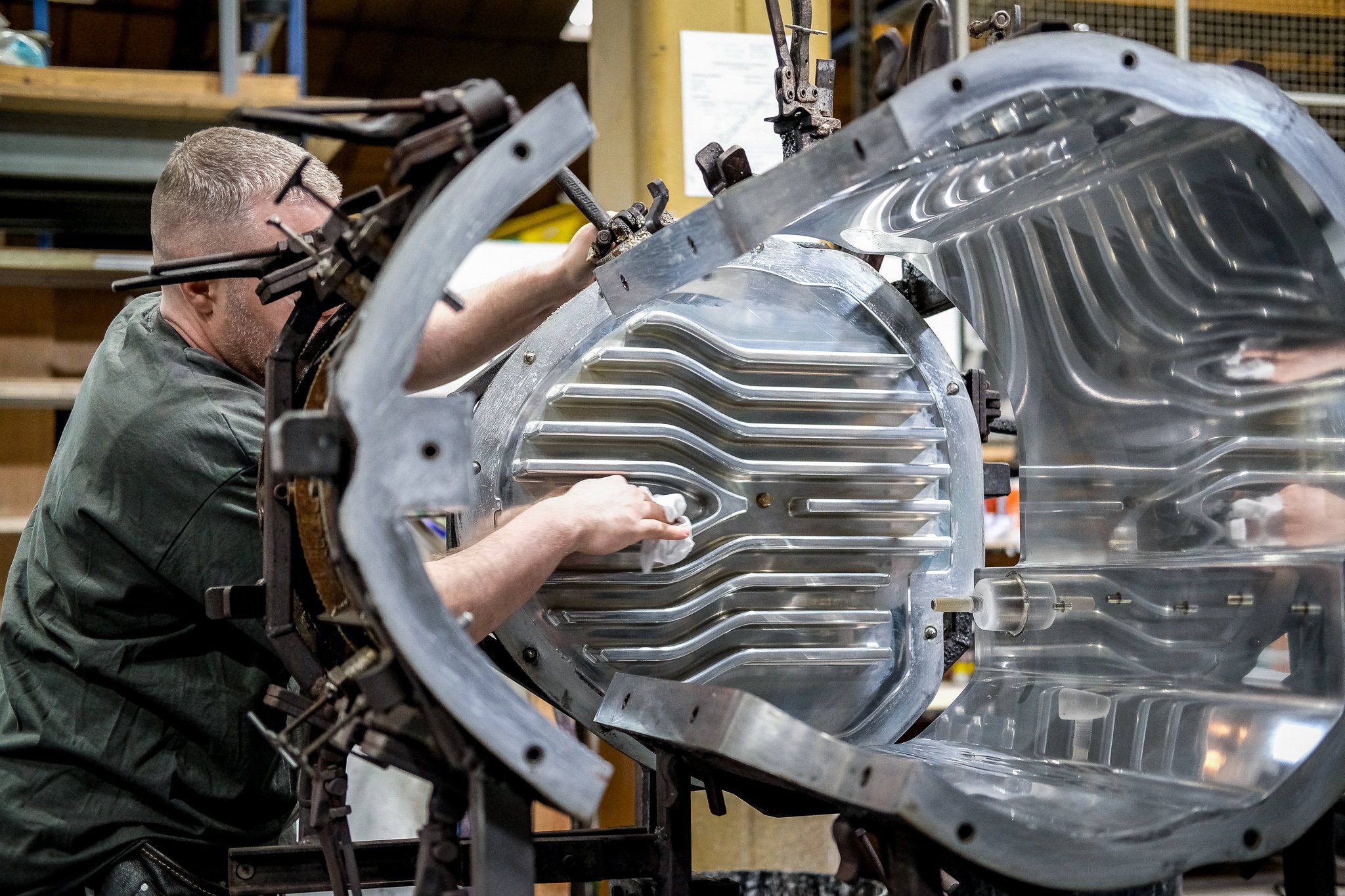
Designing your Rotomoulding Tools
Before designing your rotomoulding tool, there are various factors you should consider. We have relationships with a wide range of specialist tool makers, so we can work with you to find the right tool making partner for your project. The type of material you are working with will also have an impact on the tool you choose. At Rototek, we can advise on the best solution for your needs.
Secondly, consider your goals. Are you looking to mould products that are highly detailed in small quantities, or large numbers of small parts? Are your needs likely to be long term or change in the future? What type of machine features are you looking for, and what is your budget?
By considering your needs carefully you’ll be able to design the tool that best fits your design. It means you’ll achieve the product quality, durability and cost efficiency you need, as well as better design flexibility and faster production times.
We offer 20 machines across two Rototek sites. Whether you’re looking to create large simple products or detailed small parts, a small production run or something on a larger scale, discover how we can help.
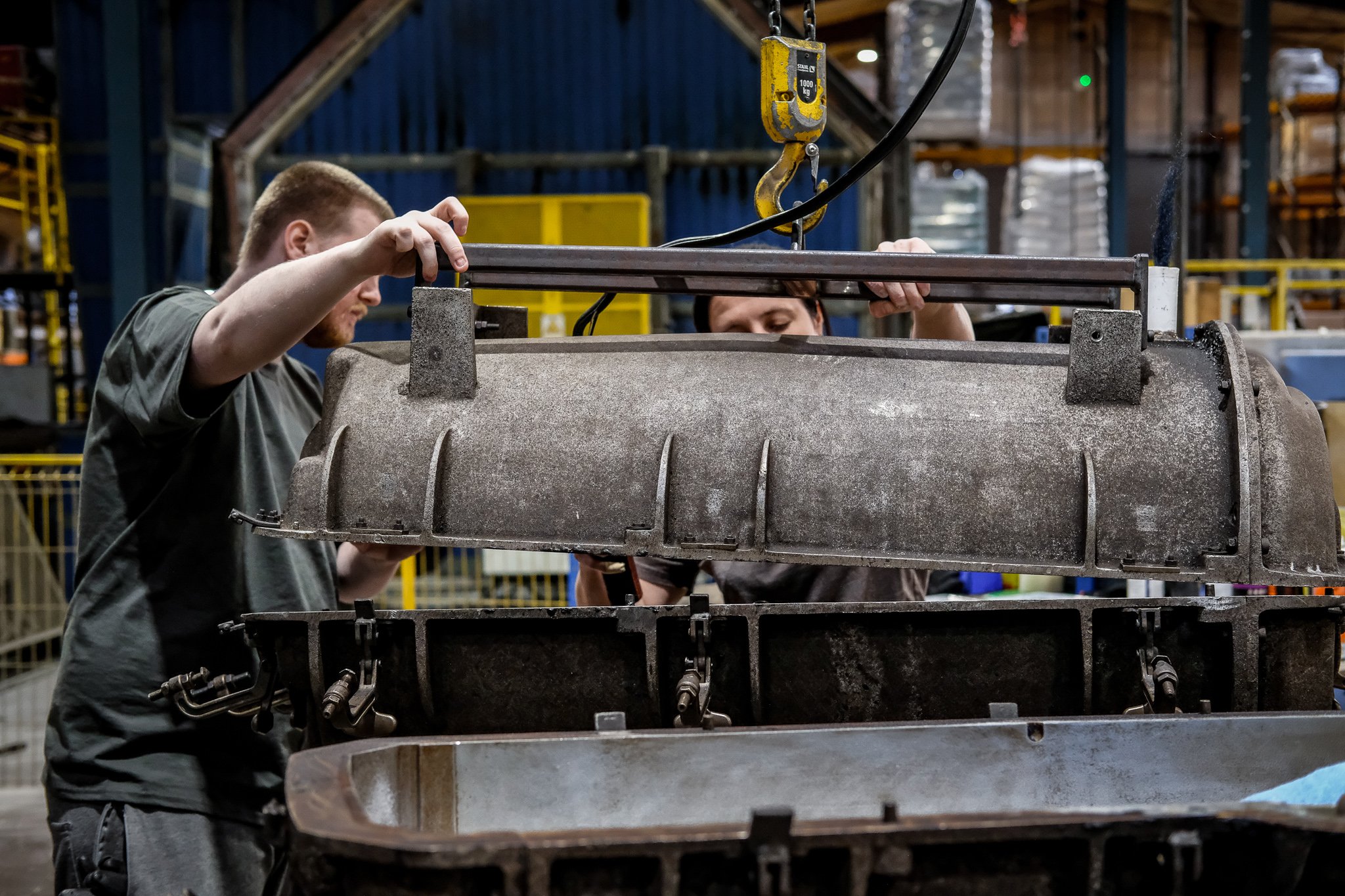
Why Choose Rototek for Your Rotomoulding Needs
With over 30 years of rotational moulding experience, working with Rototek gives you a reliable partner with solid technical expertise and a deep understanding of the industry. We offer custom tooling capabilities and are continually innovating, keeping you and your product ahead of the game. This commitment to innovation is shown through our recent investment in an all-electric smart machine, the first contract moulders in the UK to have this technology and deliver rotationally moulded products with a significantly reduced carbon footprint compared to standard gas operated production.
Our commitment to quality is second to none, and with a team that’s dedicated to first-class service, we’re not just a supplier: we’re the trusted partner you need to move forward with your rotomoulding solutions.
To find out more about how we can help, get in touch - we’d love to hear from you!
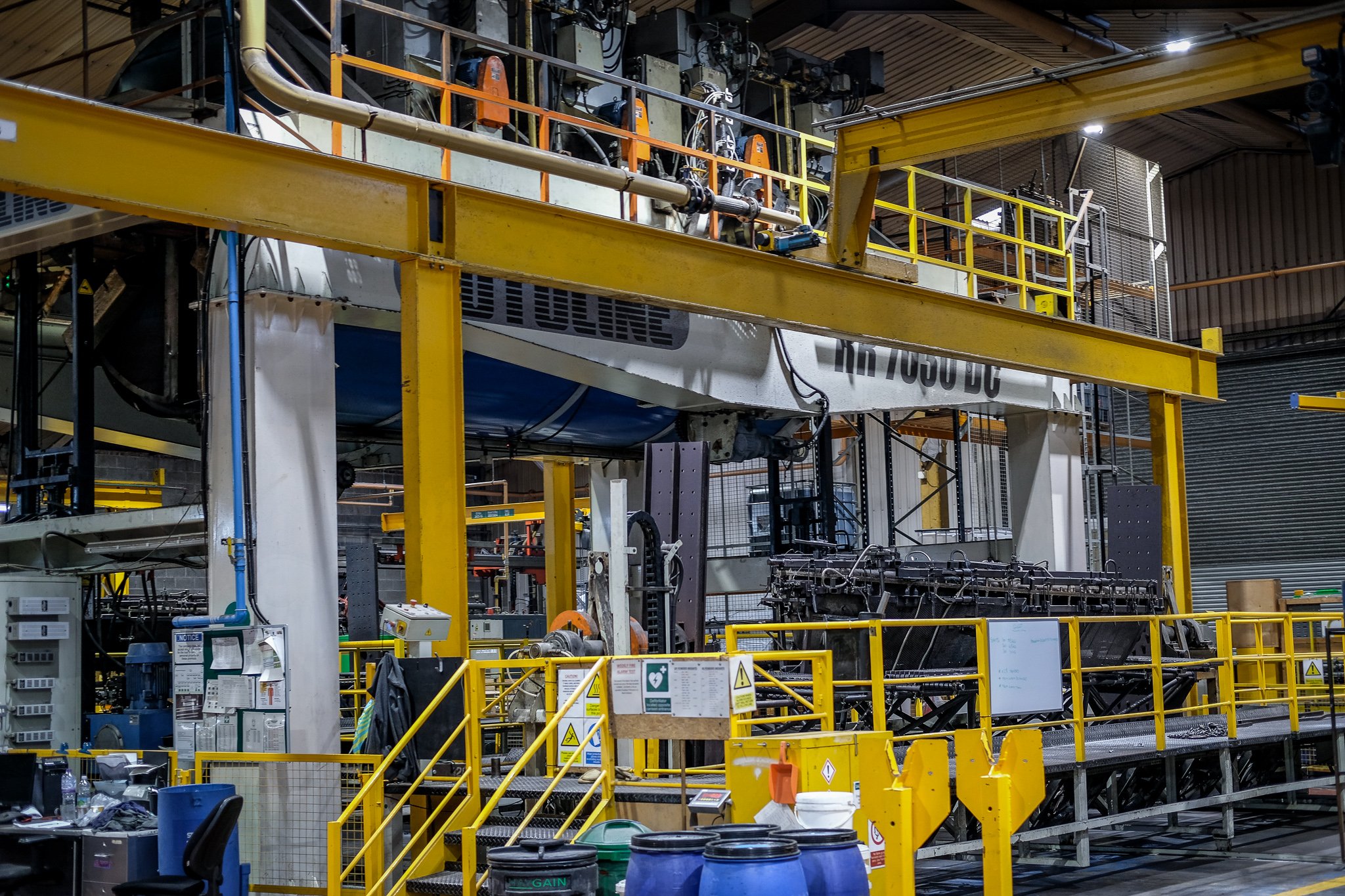
If you have any other questions about rotomoulding, feel free to reach out - we’re always happy to talk! In the meantime, answers to some of our most frequently asked questions are below…
How long does the tooling process take?
Creating your tool requires many steps: modelling 3D parts, designing the mould, and creating the mould. The amount of time it takes will depend on the size, the complexity and the type of tooling that is used.
What are the limitations of rotomoulding?
One of the major limitations of rotomoulding is the number of materials that can be used: any materials must have very good thermal stability and the ability to be pulverised. Time may also be a consideration, depending on the scale of the project: because of the nature of the process, it can sometimes take several hours to make a single part, which is why rotational moulding is better suited to the creation of larger products.
Frequently Asked Questions (FAQs)
Can rotomoulding be used for small-scale productions?
Rotomoulding is the perfect choice for smaller-scale productions, because of its limitations on capacity. For higher-volume production, blow moulding may be a more appropriate choice.
How does material choice impact the final product?
Rotomoulding materials should be chosen according to the properties the finished product requires. Different materials offer different grades of stiffness, toughness and chemical resistance. Others may need to resist extreme temperatures or abrasion, while some may need to have good impact resistance or be suitable to add graphics at the finishing stage.
